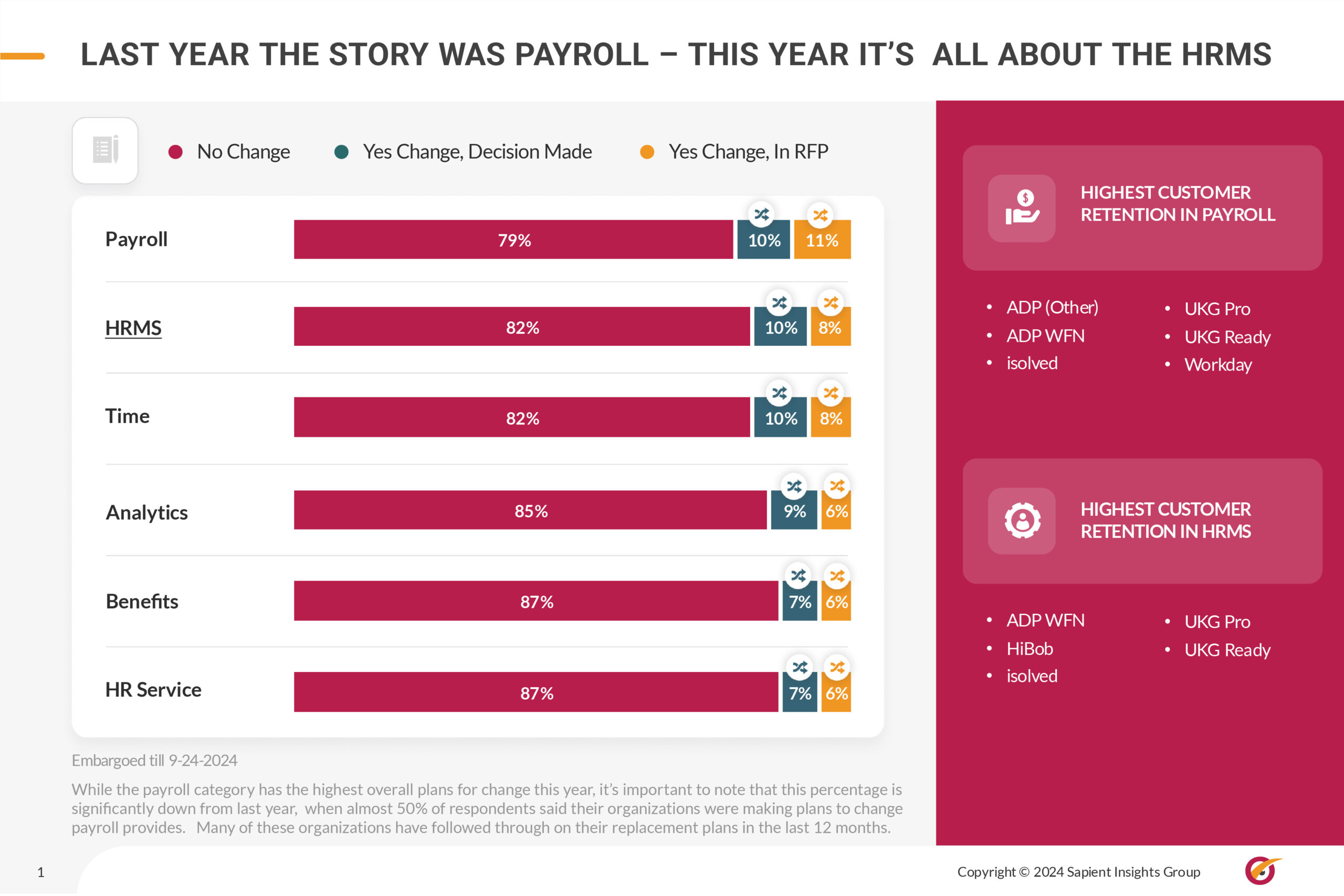Forget ‘quiet vacationing.’ HR has a bigger problem
- HRM Asia Newsroom

A spate of stories the past few weeks reported on a new buzzword: “hush-cationing” or “quiet vacationing.” That is to say that employees working remotely are effectively on vacation without reporting that they are taking a vacation day. Many of these stories are based on a new Harris Poll showing, among other things, that 37% of millennial employees have done this. (Millennials, that made-up term, are defined as currently age 28-43.)
What these stories do not point out is that the quiet vacationing figures are substantially lower for those younger and older. What is unique about the 28-to-43 age group? They are the most likely to have school-aged kids and struggling with time demands.
What is bizarre about these stories on quiet vacationing is that they do not report the most striking results from the Harris survey: 78% of employees who get paid vacations do not take all the vacation days they are allocated. The reasons are all about demands from work, including explicit pressure from management not to take time off. This behaviour has been the case for some time. Employees also report working outside of regular hours, including attending training and employer events and doing work while on vacation.
Not surprisingly, there is much harrumphing about employees “quiet vacationing” and not working when they are home—but none about them working on vacation days or not being able to take those vacation days. Or, as we might describe this, a double standard.
What is fuelling ‘quiet vacationing’?
We have assigned office hours in most places—roughly eight or nine to five—and we have assigned time off. However, white-collar employees not covered by the Fair Labour Standards Act (FLSA) are not paid by the hour. When that law was passed in 1938, and indeed for decades thereafter, the view was that white-collar employees did not need protection from the government because they were already protected by their employers. They were seen more like members of the company club where work ended at 5 p.m.
At least since the 1980s, assigned hours do not mean that much for many—and one might argue most—white-collar employees. Demands keep going up, and it is on those employees to figure out how to meet those work demands. When we moved to remote and now hybrid models, assigned office hours meant even less because we were not in the office. Evidence indicates that workdays start earlier and run later for those working from home; the norm is to get the work done however you can.
That takes us back to the double standard issue: On the one hand, leaders are thinking, “How dare these people not be working in the hours they are supposed to.” Meanwhile, employees are thinking, “How dare employers give us more work than can be done in the allotted hours—and then make it difficult to take off the vacation days to which we are entitled.”
It is fair to point out that there were always people taking mental vacations in the office—or, as we used to call it, goofing off. What seems to irritate people about hybrid and remote work is that they believe it is easier to goof off at home than in the office. Maybe that is true. It is certainly true that we can goof off in more fun ways out of the office.
Evolving approaches to management, trust
One way to think about the current situation is that it makes clearer how we are caught between two fundamentally inconsistent views about management. The older approach is where leaders tell employees what to do, how to do it and when to do it. In short, lots of oversight.
The other, more contemporary approach is telling them what to do (and a lot more of it) and, more or less, leaving it to them to decide how and when to get it done. Hybrid and remote work extend the latter approach to add that employees also decide where to do it. It is not sensible or fair to use both approaches at the same time, but that seems to be the situation.
To illustrate, is it wrong if employees are working remotely to do so from their camp at the lake? Probably OK. What if their family is with them? Maybe that is OK; after all, their family is with them at home. What if they are in an Airbnb in Mexico? That is cheating. Why? Because it looks as though they are having too much fun. But this is just petty: If it is OK to work remotely—especially if we have cut our office footprint and replaced offices with hoteling—why should it matter where employees do their work?
How about if they are not taking a vacation day but post an “out-of-office” notice and put their feet up all day—but then stay up and get their work done that night? Is that OK? Not if people need them during the day. But is that worse than if they just post that they cannot take calls because they are finishing a project? It seems wrong because, in the office context, it would have been.
The challenge for employers is to designate some sensible and consistent rules about work for white-collar employees. We could tell them, “You have to be at your desk from nine to five,” or we could tell them, “Here’s a pile of work; you get it done when you can.”
What is unfair is to tell them, “You have to be at your desk, even if it is at home, giving the appearance of working from nine to five every day. Yet, we are going to make it difficult for you to take vacation days and give you more work than you could get done from nine to five, including meetings and events outside those hours. You figure out how to do all that with those impossible constraints. Why? Because we don’t really trust you.”
About the Author: Peter Cappelli is HRE’s Talent Management columnist and a fellow of the National Academy of Human Resources. This article was first published on Human Resource Executive.






